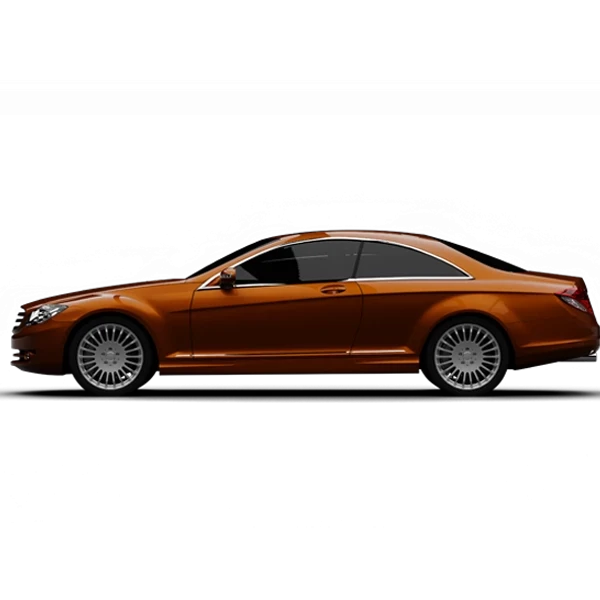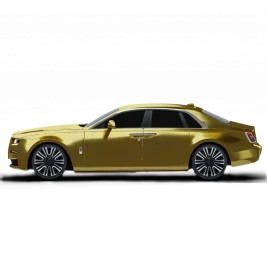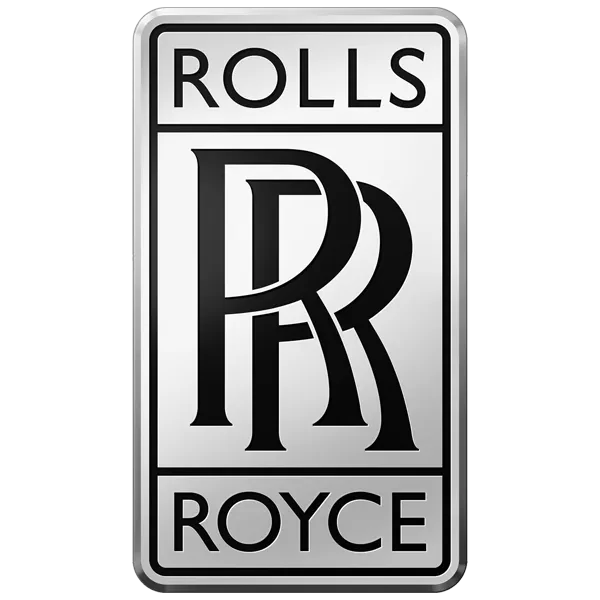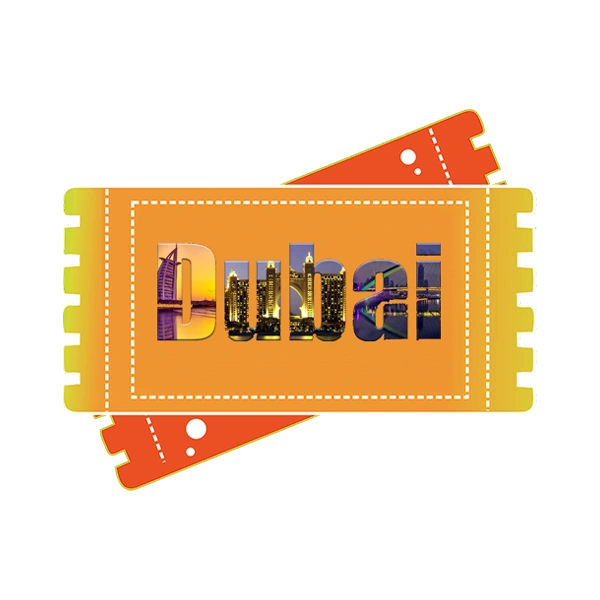How to Sell Your Car in the UAE from Abroad?

Leaving the UAE can be a hectic time, and dealing with your car from thousands of miles away can be a major source of stress. The thought of selling your car from abroad can seem overwhelming. You’re left wondering about paperwork, legal procedures, and finding a trustworthy person to help.
But what if you could manage the entire process with confidence and ease? The perfect solution lies in a simple legal document: a Power of Attorney (POA).
This guide will walk you through every step to ensure your car is sold securely and without any hassle, letting you focus on your new chapter.
The Power of Attorney (POA)
What is a POA, and why is it crucial to selling your car when you’re out of the UAE?
A POA is the most important legal document in this entire process. Think of it as your official permission slip, granting someone you trust the legal authority to act on your behalf.
This agent, also known as the POA holder, can handle everything from getting the vehicle inspected to transferring ownership at the RTA. Without it, a car sale is simply not possible once you've left the country.
POA vs. Expired Visa: Why It's a Non-Negotiable
This is the central reason why a POA is so crucial for expatriates. If you have already left the country or your visa has been cancelled and your grace period has expired, you cannot legally complete a car sale. The RTA requires the seller to have a valid residency status. This means you must secure your POA while your visa is still valid.
Provided the document has been signed and legalized during the active period of your visa, your appointed agent can proceed with the sale using their valid Emirates ID. This makes the POA the only viable solution for selling your car once you have left the UAE for good.
How to Obtain a POA from Abroad
Fortunately, obtaining a POA is now much simpler than it used to be. You can opt for any of the two ways:
Online via the Dubai Courts e-Notary Service:
The Dubai Courts Smart Notary Public service (e-notary) is the easiest and most recommended method. This process is fully legal and doesn't require you to be physically present in the UAE.
Here’s how to obtain POA via the Dubai Courts e-Notary Service:
Step 1: Start the Online Application
Access the official Dubai Courts e-notary portal.
Log in using your UAE Pass account.
Step 2: Fill Out the Details
Fill in the online form with all the required information, including your details and the POA holder's details.
Step 3: Pay the Fees
Complete the payment securely through the portal. A Vehicle POA fee is typically between AED 250 - AED 350.
Step 4: The Online Verification Call
A video conference call will be scheduled with a notary public.
During the call, the notary will verify your identity via webcam and confirm your intent to grant the POA.
Step 5: Electronic Notarization
Once verified, the notary public will digitally notarize the document.
You will receive an official, digitally stamped PDF via email. This document is immediately valid for use within the UAE.
The Traditional Method (for non-Dubai residents)
This process involves a multi-step attestation to make the POA legally valid in the UAE. It is more time-consuming and complex than the online method, but it is the only option in certain situations.
Here's how a non-Dubai resident can obtain POA via traditional method:
Step 1: Notarize the POA in your current country.
Have the Power of Attorney document drafted. It should be in Arabic or English, but you will need an official translation into Arabic later on.
You must sign the document in front of a recognized notary public in your current country. The notary will verify your identity.
Step 2: Get a Local Attestation.
The notarized document must then be authenticated by the Ministry of Foreign Affairs (or an equivalent government body) in the country where you signed it.
Step 3: Attestation by the UAE Embassy.
The document must then be submitted to the nearest UAE Embassy or Consulate in that same country for attestation. This is the final step you can take before the document is sent to the UAE.
Step 4: MOFA Attestation in the UAE.
Once the POA arrives in the UAE, your appointed agent must have it attested by the UAE Ministry of Foreign Affairs (MOFA). This is the final and crucial step to make the document valid for use in the UAE.
The POA Holder: Choosing Your Agent
Your POA holder is your direct representative, and their trustworthiness is paramount. We recommend choosing a close family member or a very good friend whom you can trust completely. They will be responsible for handling all financial and legal aspects of the sale.
The Step-by-Step Sale Process (for Your POA Holder)
Once the Power of Attorney is in place, the POA holder can begin the practical process of selling the car. Think of the following steps as a clear, three-part checklist to ensure the sale is handled legally and without any surprises.
Step 1: Settle All Financial Dues
This is the first and most critical step. The Roads and Transport Authority (RTA) will not permit a vehicle ownership transfer if the car has any outstanding financial obligations. Your POA holder must handle two key things on your behalf:
Clear Any Outstanding Loans
If you bought the car with a loan, the bank technically holds the vehicle's title. The POA holder must fully settle the outstanding loan. Once the payment is made, they must get an official loan clearance letter from the bank.
Major banks often notify the RTA electronically after a few working days. However, getting the physical letter is always a good idea for peace of mind.
Pay Off All Traffic Fines
Before any transfer can happen, all traffic fines—for speeding, parking, or Salik tolls—must be paid. Your POA holder can easily check for and pay fines on the Dubai Police or RTA websites and their respective mobile apps.
By taking care of these financial obligations first, your POA holder ensures the rest of the process will be smooth and free of legal surprises.
Step 2: Get a Vehicle Inspection
After clearing all financial obligations, your POA holder must get the vehicle inspected. The RTA requires a technical inspection to ensure the car is roadworthy and safe for the new owner. This step is mandatory for vehicles three years or older.
Here’s what your POA holder needs to know:
Where to Go
The inspection must be done at an RTA-approved vehicle testing center. These are one-stop shops for inspections and often handle the final ownership transfer as well. Popular and reliable centers include Tasjeel, Shamil, Wasel, and Tamam.
The Process
The POA holder will take the car to one of these centers. The inspection personnel check everything from the brakes and lights to the chassis and engine for any defects. The entire process for a light vehicle typically takes under 30 minutes.
The Result
If the car passes: A Passed certificate will be issued. This certificate is valid for 30 days, so the ownership transfer must be completed within this period.
If the car fails: The inspection report will detail all the issues that need to be fixed. The POA holder must get the car repaired and then return to the same center for a re-inspection of only the failed items. This comes with a separate, lower fee.
By getting a passing inspection, your agent ensures the car meets all legal safety standards and is ready for the final step of the sale.
Important Note: While mobile inspection services are a convenient option for getting a thorough pre-sale check of your car, they are not an official substitute for the mandatory RTA inspection. The POA holder must still take the vehicle to an RTA-approved testing center (such as Tasjeel, Shamil, etc.) to obtain the official Passed certificate required for the ownership transfer.
Step 3: Documents Required for the RTA Transfer
The final and most crucial step for your POA holder is the RTA ownership transfer. To ensure a smooth process, it is essential to have all the correct documents. Take a look at the required documents.
Documents from the Seller (You, via POA Holder)
Your agent must present a few key items on your behalf:
Original Power of Attorney (POA) for the sale of the car.
The vehicle's original registration card (Mulkiya).
The original Emirates ID or a copy of your passport with the visa page (if the Emirates ID has expired).
The official technical inspection certificate (which your agent obtained in the previous step).
Documents from the POA Holder
Your appointed agent must provide their own identity documents:
Original Emirates ID.
Original UAE Driving License.
Documents from the Buyer
The buyer must also be present at the RTA center with their documents:
Original Emirates ID.
Original UAE Driving License.
Valid car insurance certificate for the vehicle (under their name).
Step 4: Secure the Payment
Before your POA holder signs any documents at the RTA counter, the payment for the car must be secured. This is the most critical moment of the transaction to protect you from fraud. Insist that the payment method is secure and that the funds are verified before the ownership transfer begins.
Here are the safest payment options:
Bank Manager's Cheque
This is the most recommended option. It is a cheque guaranteed by the bank, which means the funds are confirmed and will not bounce. The POA holder can verify its validity with the issuing bank or at the bank branch located within the RTA center.
Instant Bank Transfer
Many banks in the UAE support instant transfers between accounts. The POA holder can verify that the funds have been successfully credited to your account before proceeding with the ownership transfer.
Cash (With Caution)
While still used, cash is the riskiest option. If the buyer insists on cash, the transaction should be completed at a bank where the cash can be counted and deposited immediately by a teller. The POA holder should not leave the bank until the funds have been confirmed.
Step 5: Complete the RTA Ownership Transfer
This is the moment of truth: the final step. With all the paperwork in order, your POA holder and the buyer will go to an RTA-approved service center to finalize the transaction. The process is designed to be quick and efficient, often taking less than 30 minutes if all documents are ready.
The Process at the Service Center:
The POA holder and the buyer must both be present at the center. They should find the counter for vehicle ownership transfers.
An RTA representative will check all the documents you've prepared in Step 3, including the POA, both Emirates IDs, the Mulkiya, the inspection certificate, and the new insurance policy.
The RTA representative will verify the identity of the POA holder and the buyer. They may use biometrics (fingerprint scanning) and will require them to sign an official transfer agreement.
The representative will process the ownership transfer fees. The buyer is typically responsible for these fees. For a light vehicle, the standard ownership transfer fee is approximately AED 350 to AED 500.
Once the transaction is processed and the fees are paid, the RTA will issue a new vehicle registration card (Mulkiya) in the buyer's name. This officially transfers the vehicle's ownership. The new Mulkiya may be a physical card or a digital certificate sent via email and SMS.
FAQ
Does the Power of Attorney (POA) for a vehicle sale have an expiration date?
No, the POA for a vehicle sale doesn’t have an expiration date. However, it's best practice to specify a validity period (e.g., 6 months or 1 year) in the document.
What happens to my car's insurance policy after the sale?
Once the ownership is officially transferred at the RTA, your insurance policy on that vehicle becomes invalid. You must contact your insurance provider directly to request a cancellation and refund.
What about other deposits, like Salik or fuel card accounts?
Your POA holder is typically authorized to cancel and receive refunds for these accounts, provided it is specified in the POA. The POA holder can close the Salik account linked to the vehicle's registration number and request a refund of the balance to their nominated bank account. This is an important final step to ensure there are no loose ends after the sale.
Final Thoughts
Selling a car in the UAE from abroad may seem daunting, but with the right preparation, it can be a smooth and stress-free process. The key to a successful remote sale lies in two crucial elements: a legally sound Power of Attorney (POA) and a reliable, trusted agent.
By following this step-by-step guide—from issuing the POA and clearing dues to securing payment and completing the final RTA transfer—you empower your agent to handle every detail on your behalf. These steps ensure that the transaction is not only completed efficiently but also protects your financial interests every step of the way.
Don’t forget to share your UAE car sales from abroad experiences, and tell if this guide helped you or not in the comments below.
Written by: FriendsCarRental
Published at: Thu, Oct 23, 2025 11:23 AM
Leave a Reply
Your email address will not be published. Required fields are marked *
Car Rental in Dubai
AED 2500
DAY
AED 0
MONTH
-
 SUV
SUV -
 4 Doors
4 Doors -
 5 Seats
5 Seats
- 1 Day Rental Available
- Deposit: Not Required
- Insurance Included
AED 1700
DAY
AED 36000
MONTH
-
 SUV
SUV -
 4 Doors
4 Doors -
 5 Seats
5 Seats
- 1 Day Rental Available
- Deposit: Not Required
- Insurance Included
AED 1200
DAY
AED 0
MONTH
-
 SUV
SUV -
 4 Doors
4 Doors -
 5 Seats
5 Seats
- 1 Day Rental Available
- Deposit: Not Required
- Insurance Included
AED 1600
DAY
AED 35000
MONTH
-
 SUV
SUV -
 4 Doors
4 Doors -
 5 Seats
5 Seats
- 1 Day Rental Available
- Deposit: Not Required
- Insurance Included
AED 1500
DAY
AED 28500
MONTH
-
 SUV
SUV -
 4 Doors
4 Doors -
 5 Seats
5 Seats
- 1 Day Rental Available
- Deposit: Not Required
- Insurance Included

 عربي
عربي
 English
English
 Français
Français
 Русский
Русский
 中国人
中国人
 Nederlands
Nederlands
 Española
Española
 Türkçe
Türkçe
 Italiana
Italiana














































